Expansion of Automotive Industry
The expansion of the automotive industry is a critical driver for the High Carbon Bearing Steel Market. With the increasing production of vehicles, there is a corresponding rise in the demand for high-quality bearings that can withstand the rigors of automotive applications. High carbon bearing steel is favored for its superior strength and fatigue resistance, making it ideal for use in various automotive components, including engines and transmissions. Recent statistics indicate that the automotive sector is expected to grow steadily, which will likely bolster the demand for high carbon bearing steel. This growth presents opportunities for manufacturers to innovate and develop new bearing solutions tailored to the evolving needs of the automotive market, thereby enhancing their competitive edge in the High Carbon Bearing Steel Market.
Rising Demand from Industrial Machinery
The High Carbon Bearing Steel Market is significantly influenced by the rising demand from the industrial machinery sector. As industries continue to modernize and automate, the need for reliable and durable bearings becomes paramount. High carbon bearing steel is increasingly utilized in various industrial applications, including manufacturing equipment, conveyors, and robotics. The durability and performance characteristics of high carbon bearing steel make it a preferred choice for machinery that operates under high loads and speeds. Recent market analyses suggest that the industrial machinery sector is poised for growth, which could lead to an increased demand for high carbon bearing steel. This trend indicates that manufacturers in the High Carbon Bearing Steel Market may need to enhance their production capabilities to meet the anticipated demand.
Focus on Quality and Performance Standards
The High Carbon Bearing Steel Market is experiencing a heightened focus on quality and performance standards. As industries become more competitive, the demand for high-quality bearings that meet stringent performance criteria is increasing. High carbon bearing steel is recognized for its ability to deliver superior performance in demanding applications, which is driving manufacturers to invest in quality assurance processes and certifications. This emphasis on quality not only enhances product reliability but also fosters customer trust and loyalty. Recent data indicates that industries are increasingly prioritizing suppliers who can demonstrate compliance with international quality standards. This trend suggests that the High Carbon Bearing Steel Market may see a shift towards more rigorous quality control measures, ultimately benefiting end-users through improved product performance.
Technological Innovations in Manufacturing
The High Carbon Bearing Steel Market is experiencing a surge in technological innovations that enhance production efficiency and product quality. Advanced manufacturing techniques, such as precision forging and heat treatment processes, are being adopted to improve the mechanical properties of high carbon bearing steel. These innovations not only reduce production costs but also increase the lifespan and performance of the bearings. As a result, manufacturers are better positioned to meet the growing demands of various sectors, including automotive and aerospace. The integration of automation and smart manufacturing technologies further streamlines operations, leading to a more competitive market landscape. This trend indicates a shift towards more sophisticated production methods, which could potentially reshape the High Carbon Bearing Steel Market in the coming years.
Increasing Applications in Renewable Energy
The High Carbon Bearing Steel Market is witnessing a notable increase in applications within the renewable energy sector. As the world shifts towards sustainable energy solutions, the demand for high-performance bearings in wind turbines and solar energy systems is on the rise. High carbon bearing steel, known for its durability and resistance to wear, is essential for ensuring the reliability and efficiency of these energy systems. According to recent data, the renewable energy sector is projected to grow significantly, which in turn is likely to drive the demand for high carbon bearing steel. This trend suggests that manufacturers in the High Carbon Bearing Steel Market may need to adapt their product offerings to cater to the specific requirements of renewable energy applications.


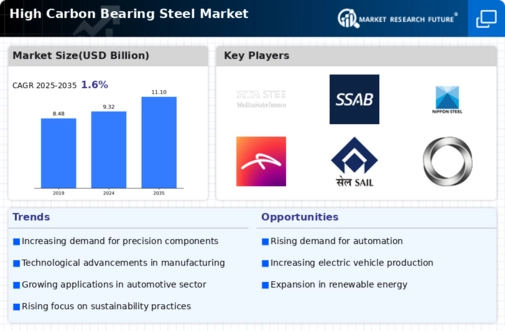
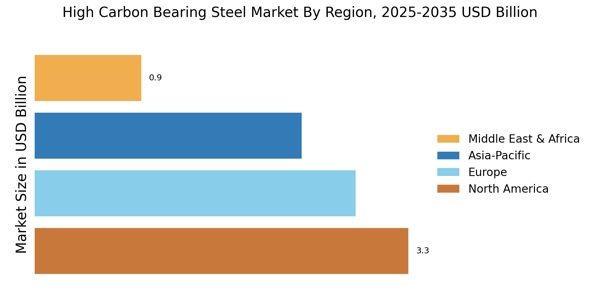
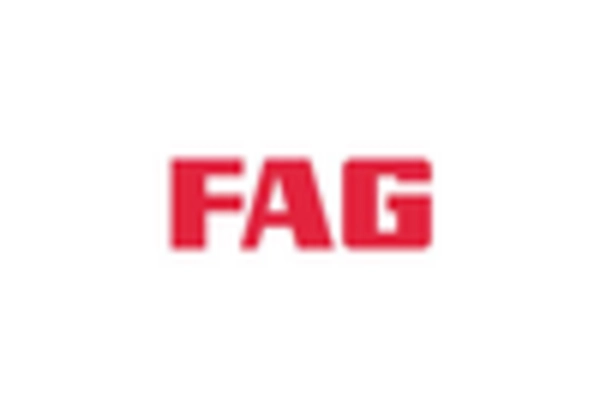
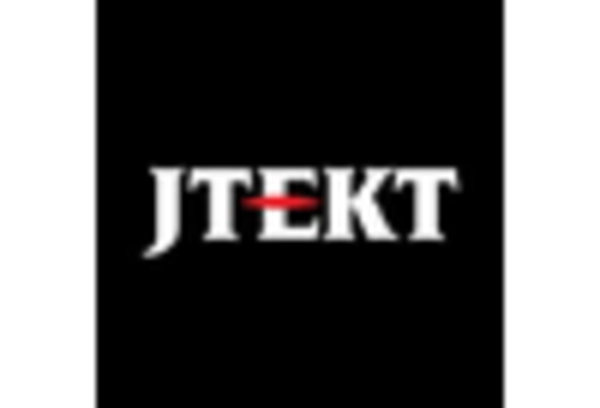

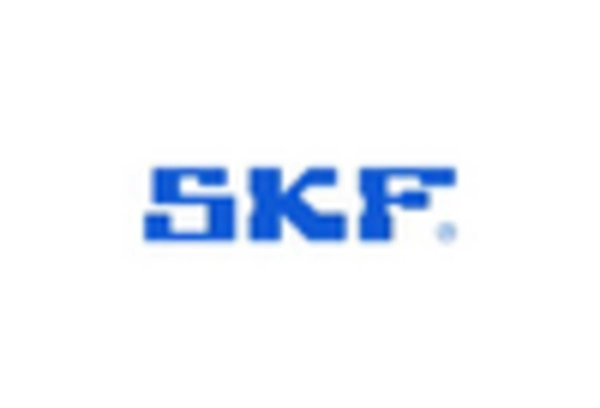
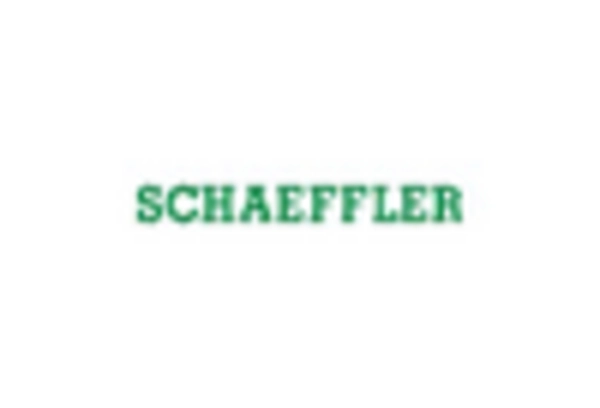
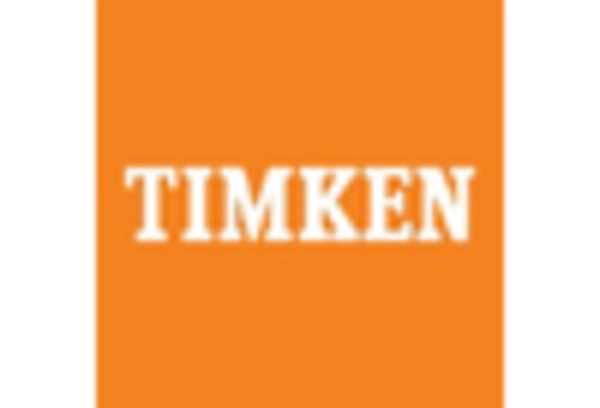








Leave a Comment